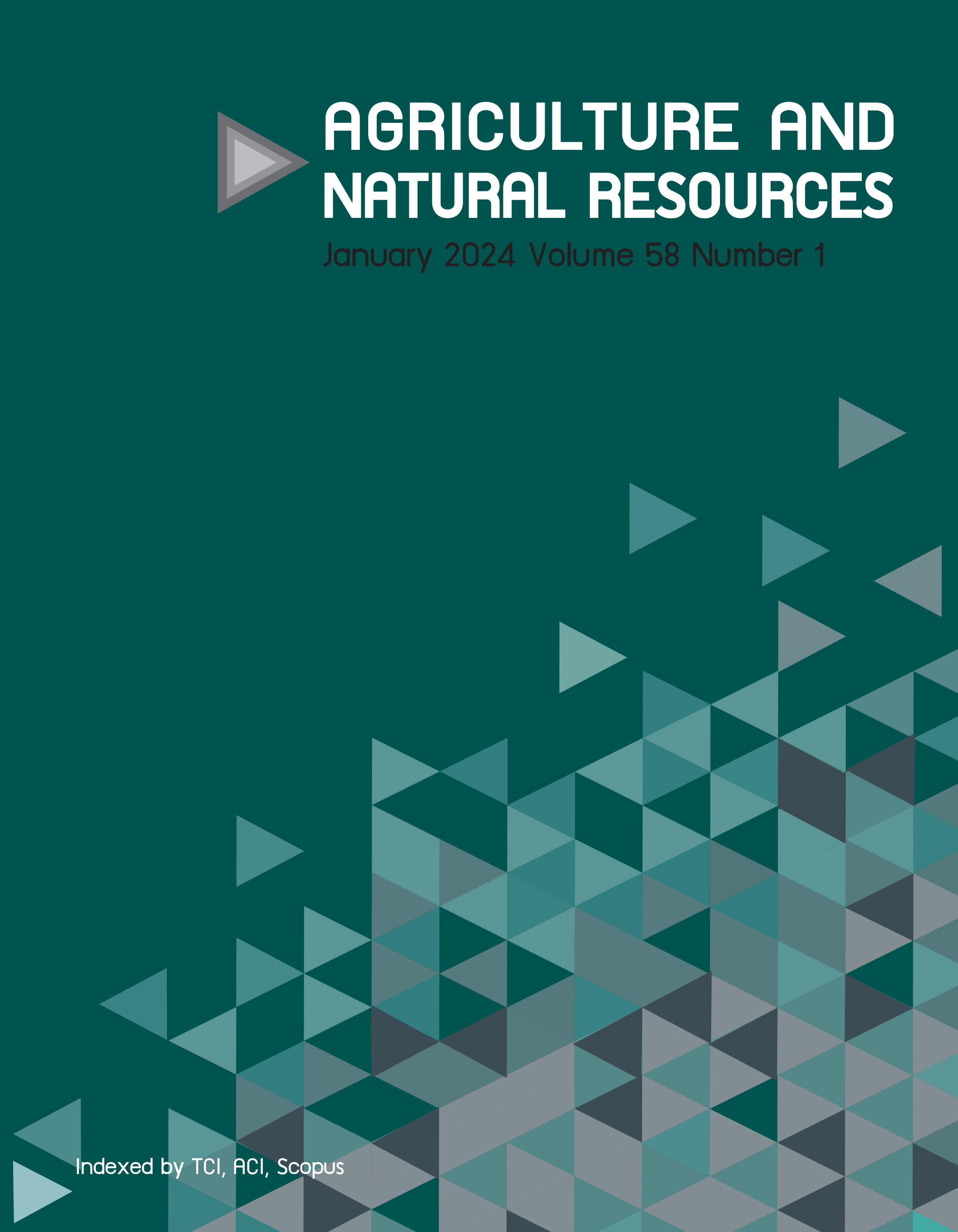Implications of genotypic and phenotypic variation in Dura × Dura oil palm for maternal selection
Keywords:
Clustering, Dura, Genetic variation, SSR markersAbstract
Importance of the work: Selecting suitable maternal palms is essential for breeding high-yielding Tenera oil palms for commercial seed production.
Objective: To assess the genetic and physical characteristics of progenies from Deli Dura breeding population of oil palm for maternal selection.
Materials & Methods: The experiment applied using one-way analysis of variance to investigate 12 different traits in three Dura × Dura families: A (46 palms); B (40 palms); and C (41 palms). Genetic variation parameters, a phylogenetic tree and principal coordinate analysis were determined using 30 microsatellite markers, using the POPGENE program to cluster them among Dura and their offspring.
Results: The three investigated families of Dura × Dura showed clear separation into three genotype clusters. The observed heterozygosity value was higher than expected, indicating no inbreeding in this oil palm. Each family showed distinctive traits—family A exhibited sex ratio, fresh fruit bunch and oil yield, family B oil-to-bunch ratio and family C plant height and height increment. This information should help in the selection of Dura as the maternal palm for next-generation improvement or for producing new commercial Tenera.
Main finding: The variation observed in oil palms provided information on the immature phase of the new Dura as an elite line, with clustering of their SSR genotypes. The essential traits identified for genetic improvement were fresh fruit bunch, sex ratio, plant height and oil-to-bunch ratio.
Downloads
Published
How to Cite
Issue
Section
License
Copyright (c) 2024 Kasetsart Universityonline 2452-316X print 2468-1458/Copyright © 2022. This is an open access article under the CC BY-NC-ND license (http://creativecommons.org/licenses/by-nc-nd/4.0/),
production and hosting by Kasetsart University of Research and Development Institute on behalf of Kasetsart University.







